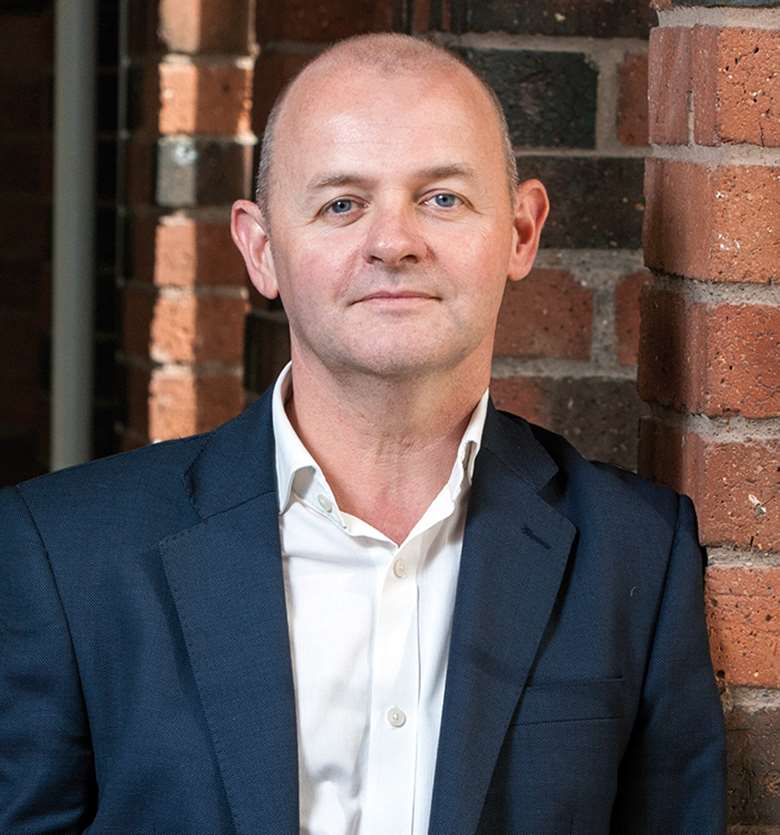Working with business
Graham Duxbury
Monday, April 10, 2017
Graham Duxbury, chief executive of environmental regeneration charity Groundwork, outlines his top tips on forging long-term, mutually beneficial relationships with businesses to help local communities.

Mobilising both public and private resources to benefit local communities has always been the cornerstone of the Groundwork approach. Our first champion in government, Michael Heseltine, was clear the public purse would only be opened if the private sector could be motivated to match it, and our first experimental projects were made possible by financial support from Greenall Whitley and Pilkington Brothers.
We recognised quickly that engaging businesses had to be about more than asking for philanthropic donations. The aim was to build long-term, integrated and mutually beneficial relationships. The support we got early on was not just cash but also seconded staff and corporate expertise. Over the past 35 years, we have attempted to embed these principles of partnership and reciprocity in business relationships with companies from Barclays to Britvic, Shell to Siemens.
Find that "sweet spot". This is the section of the Venn diagram where a charity can deliver more of its mission, while a business gets benefit in terms of its brand, employees and results.
Cadbury's Spots v Stripes community campaign - developed as part of the company's London 2012 sponsorship package - was a great example.
Cadbury wanted its brand to be associated with fun and games, Groundwork wanted a way of encouraging people of all ages to get to know each other and have a desire to make their neighbourhoods better.
Cue giant games, fun days in the local park and the opportunity for communities far away from London to feel connected to the Olympics. The programme's legacy included regenerated open spaces, and people trained and equipped to lead ongoing volunteer programmes in their community.
When the mutual benefit becomes clear, two organisations can grow together. Our enduring relationship with United Utilities (UU) exemplifies what can be achieved through strategic long-term thinking.
Water companies plan their capital investment programmes in five-year cycles and for the last decade, UU has supported a dedicated partnership team to promote creative dialogue between our two organisations.
The result - a series of improvement projects delivered in local communities affected by construction works - leaves a legacy of better facilities above ground, while improving the infrastructure below.
Cash can still be won, but most businesses prefer to offer support in kind - at least initially. Finding rewarding ways for employees to give their time is a popular first step.
While few will be able to devote the time to train as volunteer mentors or play workers, many will find it fun taking part in Dragon's Den-style sessions or hosting "career inspiration" visits.
Businesses bidding for public contracts increasingly need to demonstrate they are delivering "social value". This often revolves around employing local people or recruiting apprentices.
Thinking about how a business can use its corporate social responsibility (CSR) budget to help children and young people on the margins to develop the skills and confidence they need to compete for jobs is another "win-win".
Be prepared for the fact that it doesn't always work. However well-intentioned the conversations about shared objectives, it is an inescapable fact that companies and charities are imbued with different values.
Consumer-facing businesses in particular need to be responsive to the views of their customers and the value of their brand. However much social value is being delivered through a charity partnership, if it doesn't add up in the eyes of the public, then it will not last.
Similarly, a public confidence crisis surrounding a business can damage the standing of a charity if the rationale for working together has not been clearly thought through - and young people can smell when a brand goes bad quicker than most.
Both parties need to know when it is right to walk away.
Managing business relationships can be a rollercoaster. You need patience and perseverance as decision making can be slow, especially in big companies with multiple stakeholders.
When decisions do get made, hang onto your hat as big things often need to happen at pace and priorities need to be changed.
For a relationship to grow and last, it will need to meet the needs of the whole business - bringing value for the human resources director, head of sustainability and those on the shop floor, as well as the CSR team.
Finding the balance of power is always difficult, but charities should never be afraid to fight for what is right - we need to know our own red lines in terms of money, branding or ways of working.
Crucially, long-term relationships need to be constantly refreshed and will be lost if taken for granted.




